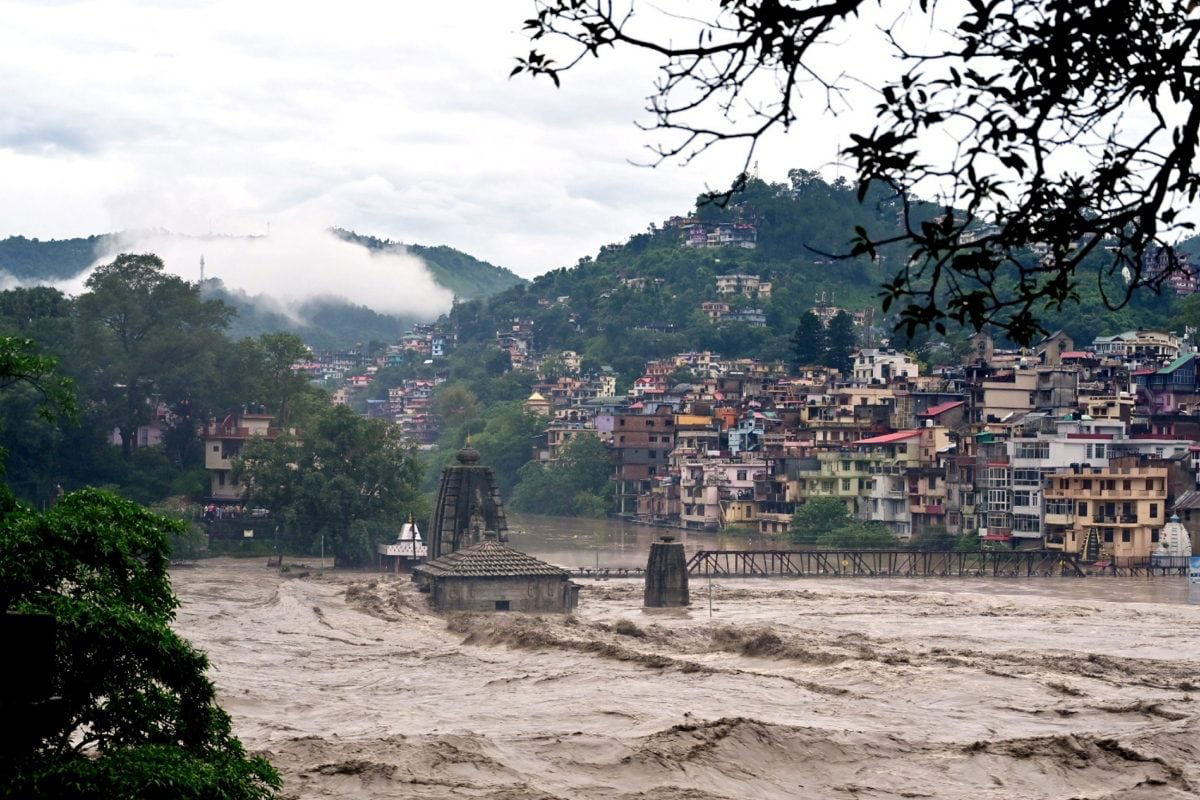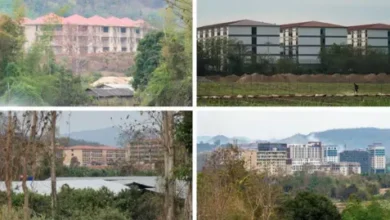Himachal Pradesh and Uttarakhand : Devastating Flash Floods and Landslides Claim Dozens of Lives 2023

Himachal Pradesh and Uttarakhand : Devastating Flash Floods and Landslides Claim Dozens of Lives 2023
In a tragic turn of events, Himachal Pradesh and Uttarakhand, two picturesque states in northern India, have recently witnessed nature’s wrath in the form of devastating flash floods and landslides. The torrential rains that lashed these regions triggered massive flooding, leading to the loss of dozens of lives and causing extensive damage to infrastructure, with bridges being washed away.
Numerous people have died from the weekend’s severe downpours that devastated North India. Several states, notably Jammu-Kashmir, Himachal Pradesh, and Uttarakhand, are still reeling from the continuing calamity as several rivers run hazardously in spate.
The monsoonal winds and a western disturbance are said to have combined to cause the terrifying floods in the northern area. While showering damage in the adjacent states, the abundant precipitation has helped Delhi satisfy its rain quota for the entire month.

Numerous rivers and lakes continue to flow at incredibly high levels and speeds, in addition to extensive waterlogging. This applies to the Yamuna in Delhi and the Beas in the Mandi region of Himachal. Additionally, according to experts, the Yamuna in Delhi may cross the danger line on Tuesday due to the release of 100,000 cusecs of water from two sources.
The flash floods and landslides can be primarily attributed to heavy rainfall that surpassed the region’s normal precipitation levels. Climate change has altered weather patterns worldwide, resulting in erratic rain and intense storms. Deforestation, unplanned construction, and improper land use practices also exacerbate the vulnerability of hilly areas to such natural disasters. The steep terrain and loose soil and rocks make the region particularly prone to landslides.

The flash floods and landslides wreaked havoc on the affected areas, causing significant loss of lives and property. The raging waters tragically swept away dozens of people, while others were buried under debris due to landslides. The destruction of bridges and roads cut off several villages, hampering rescue and relief operations. Additionally, the floods caused extensive damage to agricultural lands, infrastructure, and communication networks, further intensifying the impact on local communities.
In the wake of the disaster, local authorities and national disaster response teams launched rescue and relief operations on an urgent basis. Helicopters were deployed to airlift stranded individuals and provide essential supplies to isolated communities. Emergency shelters were set up to accommodate displaced residents, offering them food, clean water, and medical assistance. The armed forces, police, and local volunteers worked tirelessly to evacuate people from the affected areas and provide them with the necessary support.
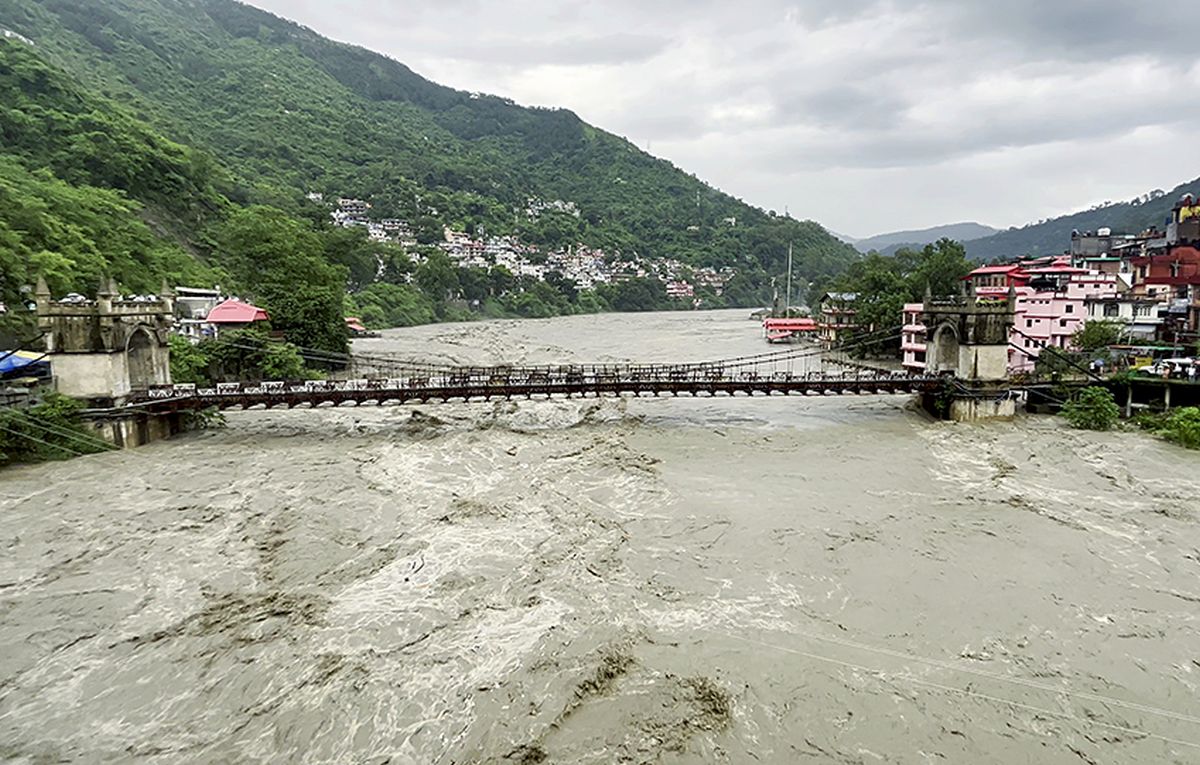
As the immediate crisis subsides, the focus shifts toward long-term recovery, reconstruction, and rehabilitation. Rebuilding damaged infrastructure, including roads and bridges, is crucial in restoring connectivity to the affected regions. Furthermore, efforts should be made to strengthen early warning systems, improve disaster preparedness, and educate communities on disaster management.
The government and non-governmental organizations must collaborate to provide adequate resources, including financial aid and technical expertise, to facilitate recovery and ensure the well-being of affected individuals and communities.
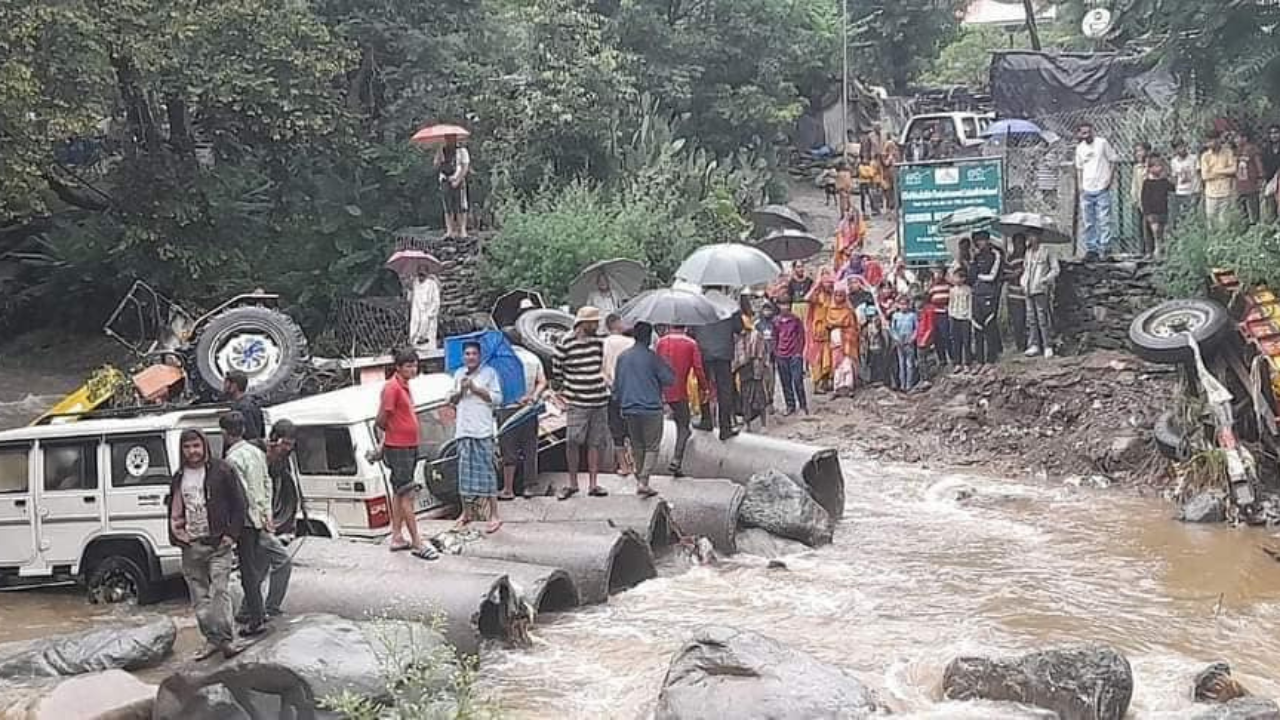
Comprehensive measures are required to mitigate the impact of future flash floods and landslides. These include:
- Forest conservation and afforestation projects to preserve natural barriers and stabilize slopes.
- Implement stringent land-use regulations and proper enforcement to prevent haphazard construction.
- Developing robust early warning systems and disseminating timely alerts to vulnerable communities.
- Strengthening infrastructure, such as bridges and dams, to withstand extreme weather events.
- Creation of evacuation plans and community-based disaster management strategies.
- Public awareness campaigns to educate residents about the risks and necessary precautions during monsoon seasons.
Throughout Himachal on Sunday, the heavy rains caused at least 14 landslides and several flash floods. 200–250 individuals were left stranded in many locations. As a result, they were tragically resulting in the deaths of at least seven persons. In addition to 736 roads and three national highways being closed by the rain-related calamities, the Times of India they were reported.
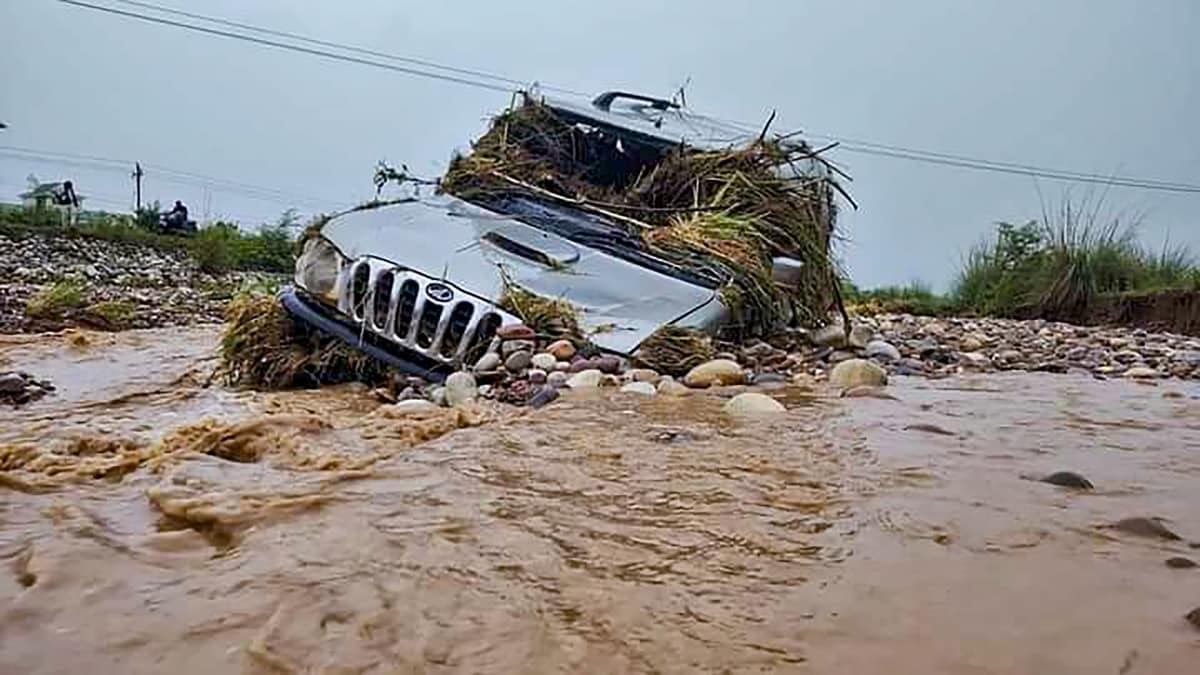
Due to mudslides, waterlogging, and debris on the railway, operations at the world heritage site, Kalka-Shimla has also been suspended till Tuesday, according to IANS. Additionally, over 200 visitors have finally been rescued from the glacier-fed Chandertal Lake region in the Spiti Valley after two days. Many of these stranded people could not leave the part due to severe landslides and flash floods that destroyed road linkages and cut off connectivity.
In the neighbouring state of Uttarakhand, conditions are the same. According to The New Indian Express, accidents, including washing away vehicles and roof collapses, have claimed at least eight lives. In the state, up to 195 routes were also shut.
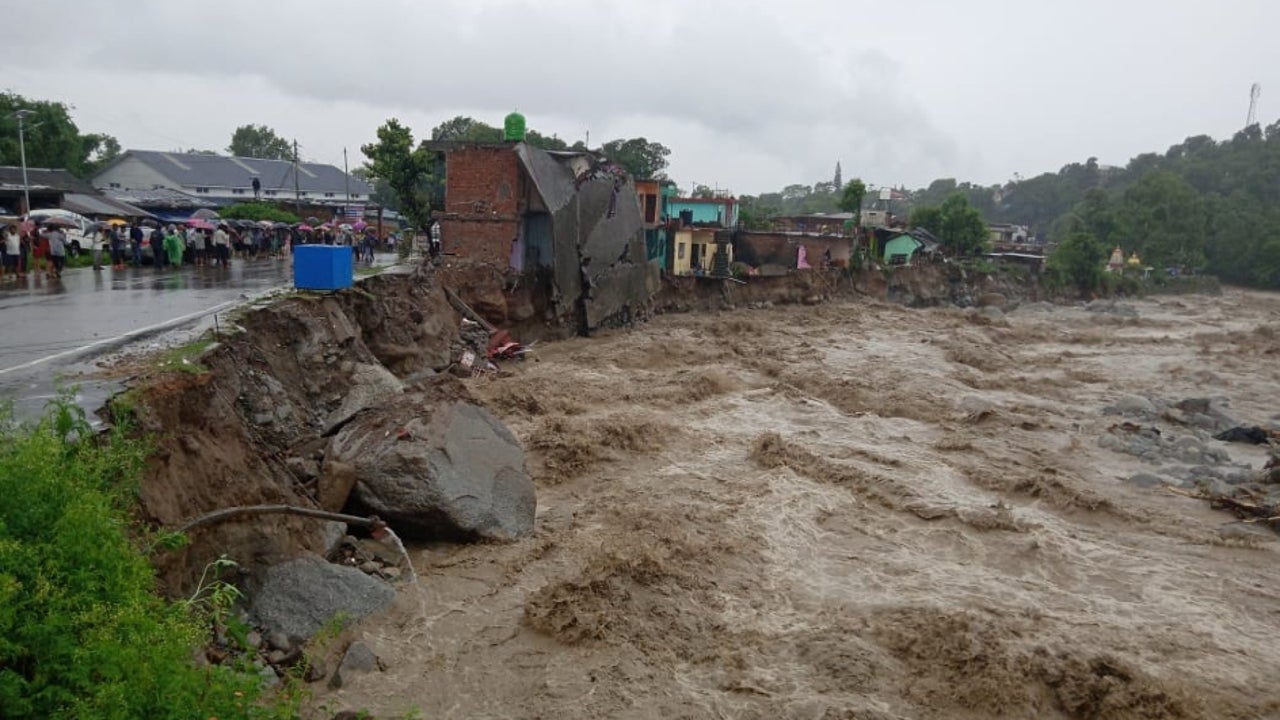
The state’s DGP Ashok Kumar has advised locals not to go to mountainous areas due to road closures, river floods, and landslip danger. In certain districts, all public and private schools have been temporarily shuttered. Two soldiers’ remains were found in a flooded creek in Poonch, Jammu-Kashmir, farther north. After many landslides washed away significant portions of the connecting roadways, the Srinagar-Jammu national route has remained blocked.
The India Meteorological Department (IMD) predicts that the constant heavy rainfall will continue until the end of today. Up to July 10, most areas will have light to moderate showers with heavy rain (64.5 mm – 204.5 mm) across the Western Himalayan region.
The mighty Beas River’s surge also destroyed complete bridges in Himachal Pradesh, significantly damaging many buildings and vehicles. Many people have died due to landslides and flooding, and NDRF members are presently undertaking search and rescue operations to assist the trapped.
In addition, a few watersheds and communities in Uttarakhand and Himachal Pradesh are expected to experience a light to moderate risk of flash flooding during the next 24 hours. Some fully saturated soils and low-lying locations may also experience surface runoff or flooding.
IMD has generally put Himachal Pradesh on a high-level red warning, which means “take action,” reducing it to an orange alert by Tuesday (July 11), which means “be prepared.” The orange warning will still be in effect for Uttarakhand through Wednesday, July 12.
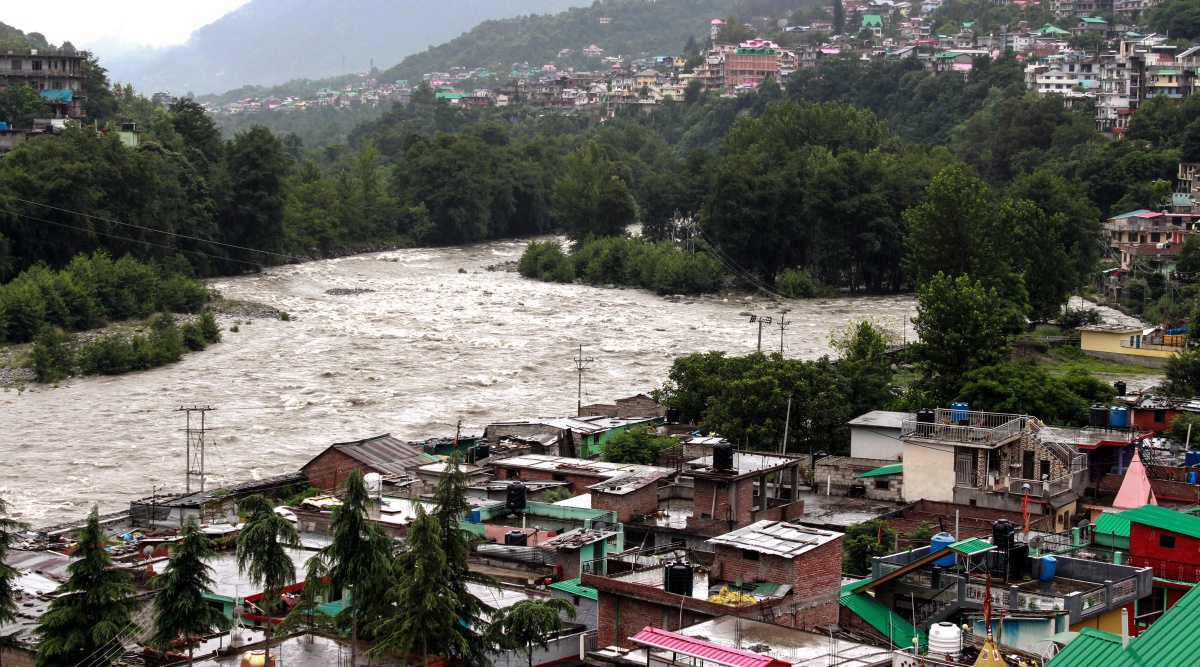
The recent flash floods and landslides in Himachal Pradesh and Uttarakhand are stark reminders of nature’s destructive power. The loss of lives and infrastructure highlights the urgent need for effective disaster preparedness, response, and mitigation strategies. By combining immediate relief efforts with long-term measures aimed at sustainable development and community resilience, we can strive towards a safer future for those living in vulnerable regions. Governments, organisations, and individuals must collaborate to effectively address climate change and safeguard both people and the planet.

